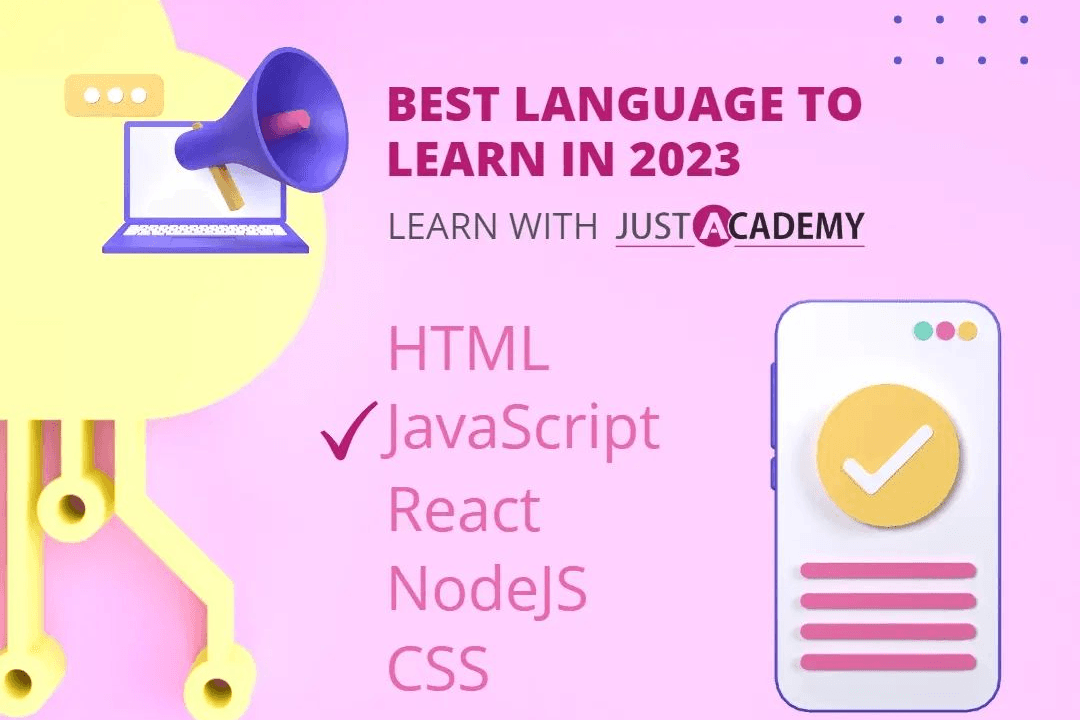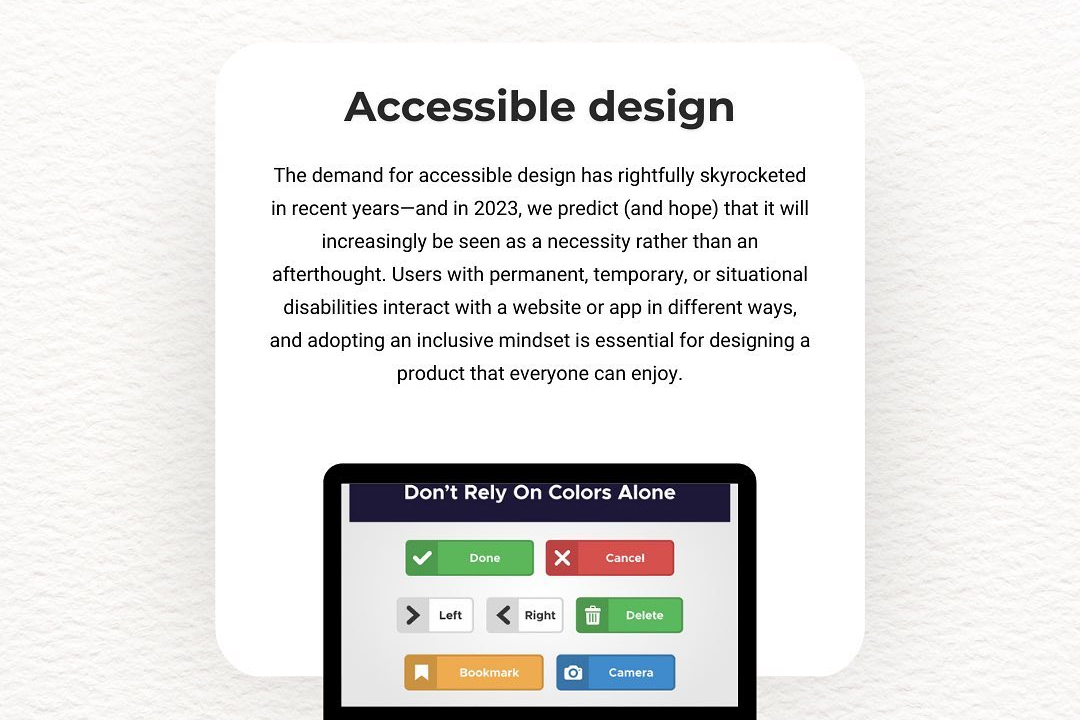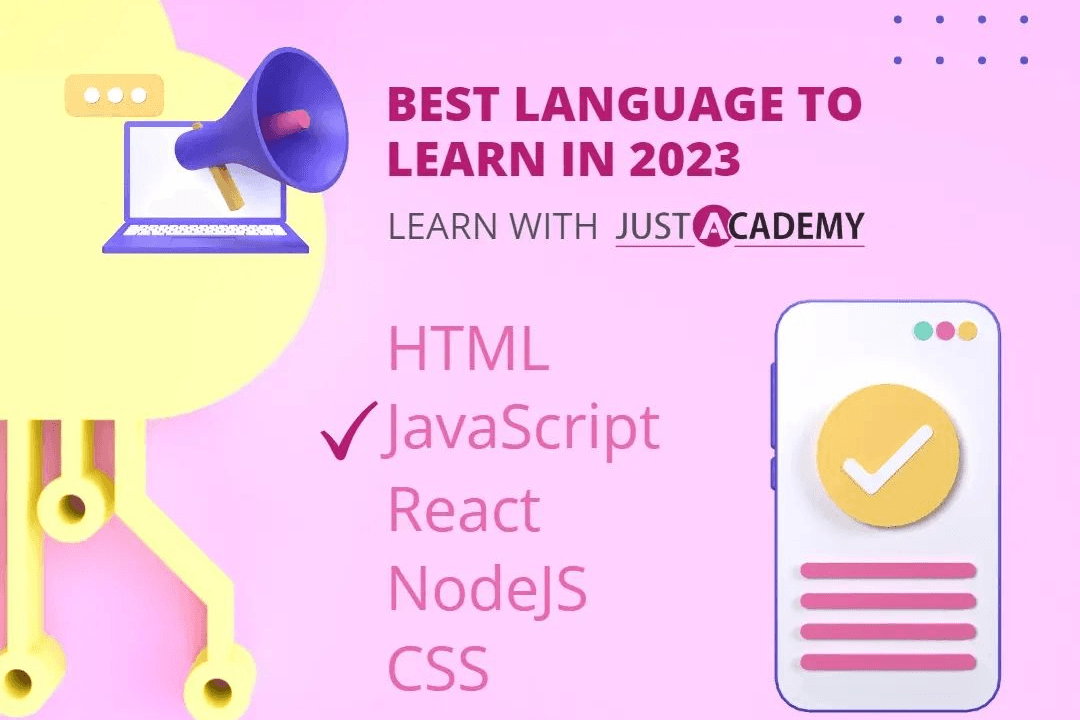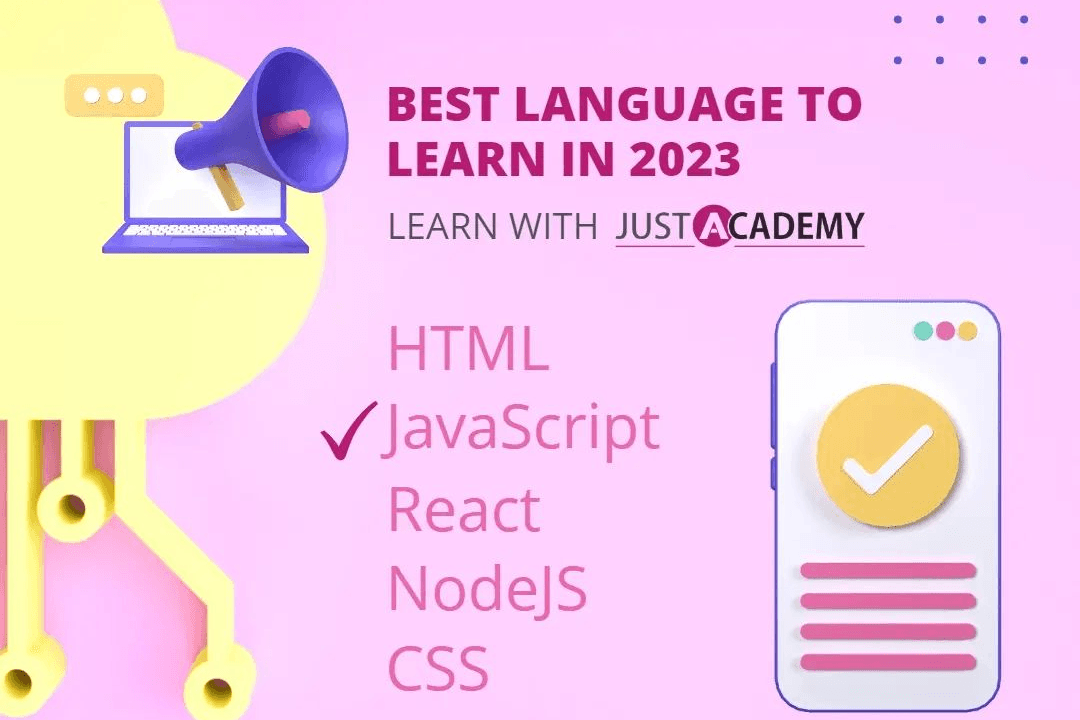Get And Post Method In Php Program
In PHP programming, the GET and POST methods are used to handle data submitted through HTML forms. T
Get And Post Method In Php Program
In PHP programming, the GET and POST methods are essential for handling user input through HTML forms, facilitating dynamic interactions between users and websites. The GET method appends form data to the URL, making it useful for retrieving information or bookmarking, but less secure for sensitive data. The POST method, on the other hand, submits data within the request body, ensuring greater security and the ability to transmit larger amounts of information, making it ideal for form submissions involving sensitive details or file uploads. Overall, these methods enable PHP applications to process user data efficiently, enhancing user experience and operational functionality.
To Download Our Brochure: https://www.justacademy.co/download-brochure-for-free
Message us for more information: +91 9987184296
In PHP programming, the GET and POST methods are essential for handling user input through HTML forms, facilitating dynamic interactions between users and websites. The GET method appends form data to the URL, making it useful for retrieving information or bookmarking, but less secure for sensitive data. The POST method, on the other hand, submits data within the request body, ensuring greater security and the ability to transmit larger amounts of information, making it ideal for form submissions involving sensitive details or file uploads. Overall, these methods enable PHP applications to process user data efficiently, enhancing user experience and operational functionality.
Course Overview
The “GET and POST Method in PHP Program” course provides a concise understanding of how to handle user input using PHP’s GET and POST methods. It covers the fundamentals, practical implementation, and differences between both, enabling learners to create dynamic, secure, and efficient web forms. This course is ideal for beginners aiming to build interactive PHP applications with proper data handling techniques.
Course Description
Learn how to handle user input efficiently with the “GET and POST Method in PHP Program” course, covering essential techniques for secure and dynamic web form data management.
Key Features
1 - Comprehensive Tool Coverage: Provides hands-on training with a range of industry-standard testing tools, including Selenium, JIRA, LoadRunner, and TestRail.
2) Practical Exercises: Features real-world exercises and case studies to apply tools in various testing scenarios.
3) Interactive Learning: Includes interactive sessions with industry experts for personalized feedback and guidance.
4) Detailed Tutorials: Offers extensive tutorials and documentation on tool functionalities and best practices.
5) Advanced Techniques: Covers both fundamental and advanced techniques for using testing tools effectively.
6) Data Visualization: Integrates tools for visualizing test metrics and results, enhancing data interpretation and decision-making.
7) Tool Integration: Teaches how to integrate testing tools into the software development lifecycle for streamlined workflows.
8) Project-Based Learning: Focuses on project-based learning to build practical skills and create a portfolio of completed tasks.
9) Career Support: Provides resources and support for applying learned skills to real-world job scenarios, including resume building and interview preparation.
10) Up-to-Date Content: Ensures that course materials reflect the latest industry standards and tool updates.
Benefits of taking our course
Functional Tools
1 - Text Editor or IDE: A reliable text editor or Integrated Development Environment (IDE) such as Visual Studio Code, Sublime Text, or PHPStorm is essential for writing, editing, and managing PHP code efficiently. These tools offer syntax highlighting, code suggestions, and debugging features that streamline the development process, enabling students to focus on learning the core concepts without being hindered by technical issues. They also support plugins and extensions specialized for PHP, enhancing productivity and code quality during the course.
2) Local Server Environment (XAMPP, WAMP, MAMP): A local server setup like XAMPP, WAMP, or MAMP allows students to run PHP scripts on their personal computers without needing an internet server. This environment simulates real server conditions, providing Apache, PHP, and MySQL services in one package. It facilitates a safe space for testing GET and POST methods, form submissions, and server side processing, giving students practical experience with actual server responses and interactions.
3) Web Browsers (Chrome, Firefox, Edge): Modern web browsers are vital tools for testing and debugging PHP forms and data transmission. They enable students to observe how forms submit data via GET or POST methods, inspect URL parameters, and view source code or console logs for errors. Browsers' developer tools assist in monitoring network requests, analyzing headers, and diagnosing issues in real time, ensuring students develop an intuitive understanding of client server communication.
4) Developer Tools (Browser DevTools): Built in browser developer tools offer advanced inspection capabilities, such as viewing network activity, analyzing form submissions, and debugging JavaScript that interacts with PHP forms. These tools help students troubleshoot problems related to data transmission, identify security issues, and optimize form handling, fostering a comprehensive grasp of the entire data flow process.
5) PHP Debugging Tools (Xdebug, PHPDevShell): Debugging is crucial for understanding how data moves through the server side scripts. Tools like Xdebug provide step by step debugging, variable inspection, and code profiling, enabling students to observe how PHP processes GET and POST data. These tools empower learners to identify errors, improve code efficiency, and develop robust form handling mechanisms.
6) Database Management System (phpMyAdmin, MySQL Workbench): Many PHP applications involve data storage and retrieval, making database tools integral to the course. phpMyAdmin and MySQL Workbench provide graphical interfaces for managing MySQL databases, allowing students to create, modify, and query tables related to form data. This enhances understanding of how form data is stored securely and how server side scripts interact with databases using PHP.
7) Version Control Systems (Git, GitHub): To promote collaborative development, version control tools like Git and platforms such as GitHub are introduced. Students learn how to track code changes, manage project versions, and collaborate efficiently, which are valuable skills when developing complex PHP applications involving multiple forms and data handling scripts.
8) Testing and Validation Tools: Tools like Postman or Insomnia facilitate testing of server responses by simulating form submissions and API requests. These tools help students verify PHP script behavior under various scenarios, ensuring proper data processing, validation, and security measures are in place, thereby building confidence in deploying secure and reliable web forms.
9) Security Testing Tools (OWASP ZAP, Burp Suite): Security is paramount in form data handling. These testing tools enable students to identify vulnerabilities such as cross site scripting (XSS) or SQL injection and learn how to implement protective measures. Proper understanding and application of security testing ensure students develop safe and compliant PHP applications that handle GET and POST data responsibly.
10) Documentation and Learning Platforms (PHP Documentation, Tutorials): Access to official PHP documentation, online tutorials, and community forums supports students in understanding best practices and troubleshooting issues. These resources provide detailed explanations of PHP functions, superglobals ($_GET, $_POST), and security considerations, fostering independent learning and confidence in their coding abilities.
11 - Form Builder Tools and Templates: Utilizing form builder tools, either integrated into IDEs or as external resources, helps students design and validate complex forms efficiently. Pre made templates or drag and drop form builders streamline the creation of user friendly forms, allowing learners to focus on backend processing and data handling with PHP.
12) Code Snippet Libraries and Repositories: Access to PHP code libraries and repositories like GitHub Gists or Packagist provides ready to use snippets for common tasks involving GET and POST methods. These resources accelerate learning by offering practical examples of form validation, data sanitization, and error handling.
13) Learning Management System (LMS): An integrated LMS platform helps organize course materials, quizzes, and assignments related to PHP form handling. It provides a structured learning path, progress tracking, and interactive modules that reinforce concepts such as data submission, security, and validation techniques.
14) Web Hosting Services: Once students grasp local development, deploying PHP forms on actual web hosting environments like cPanel, DigitalOcean, or shared hosting platforms exposes them to real world deployment scenarios. This experience emphasizes domain management, SSL configuration, and server side security best practices.
15) Automation Testing Tools: Tools like Selenium or PHPUnit facilitate automated testing of PHP forms and backend scripts. Automating tests ensures consistent validation of form functionalities across different browsers and scenarios, teaching students robust testing methodologies and quality assurance practices.
16) Code Formatting and Linting Tools: Using code formatters (like PHP CodeSniffer) and linters helps maintain clean, standardized PHP code. Proper formatting simplifies debugging and improves collaboration, ensuring that form handling scripts adhere to coding best practices.
17) Learning Communities and Forums: Engagement platforms like Stack Overflow, PHP forums, and community groups provide peer support, problem solving assistance, and best practice sharing. These communities expand learning beyond formal courses and foster real world troubleshooting skills for GET and POST data issues.
18) Performance Monitoring Tools: Tools such as New Relic or cPanel analytics enable students to monitor the performance of their PHP applications handling multiple forms and data transactions. Understanding performance metrics encourages optimization of server side scripts for better user experience.
19) Frontend Frameworks and Libraries: Integration with frontend tools like Bootstrap or React can help students design intuitive and responsive forms. While focusing on PHP, understanding how frontend interacts with server side scripts enhances holistic web development skills.
20) Certification and Progress Tracking Platforms: Platforms that track course progress and provide certification upon completion motivate learners. These systems help students showcase their competency in PHP form handling, validation, security, and real time data processing, adding value to their professional portfolios.
Browse our course links : https://www.justacademy.co/all-courses
To Join our FREE DEMO Session: Click Here
This information is sourced from JustAcademy
Contact Info:
Roshan Chaturvedi
Message us on Whatsapp: +91 9987184296
Email id: info@justacademy.co












